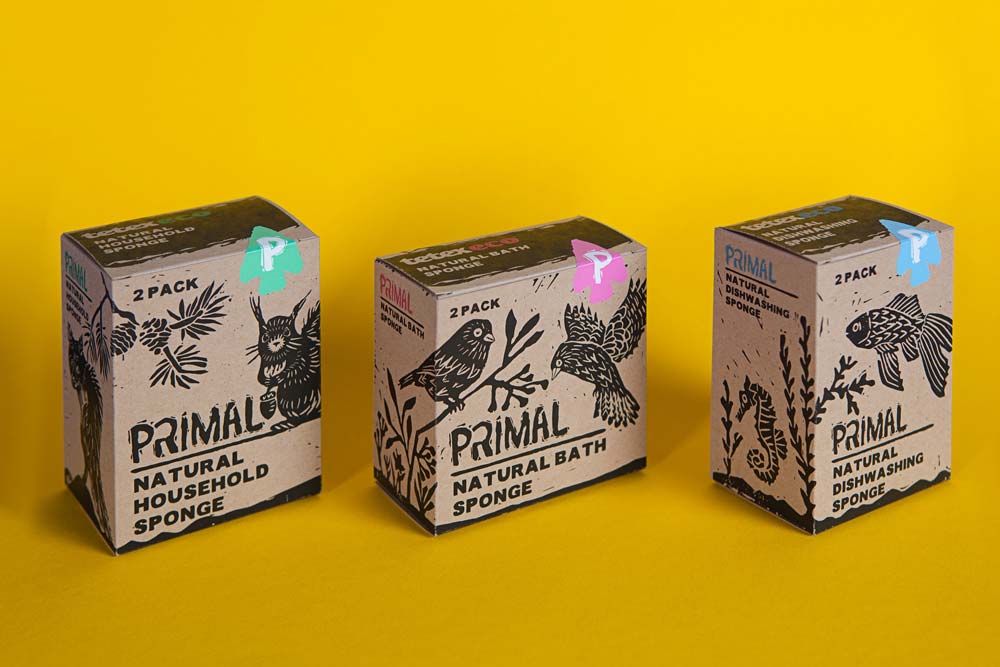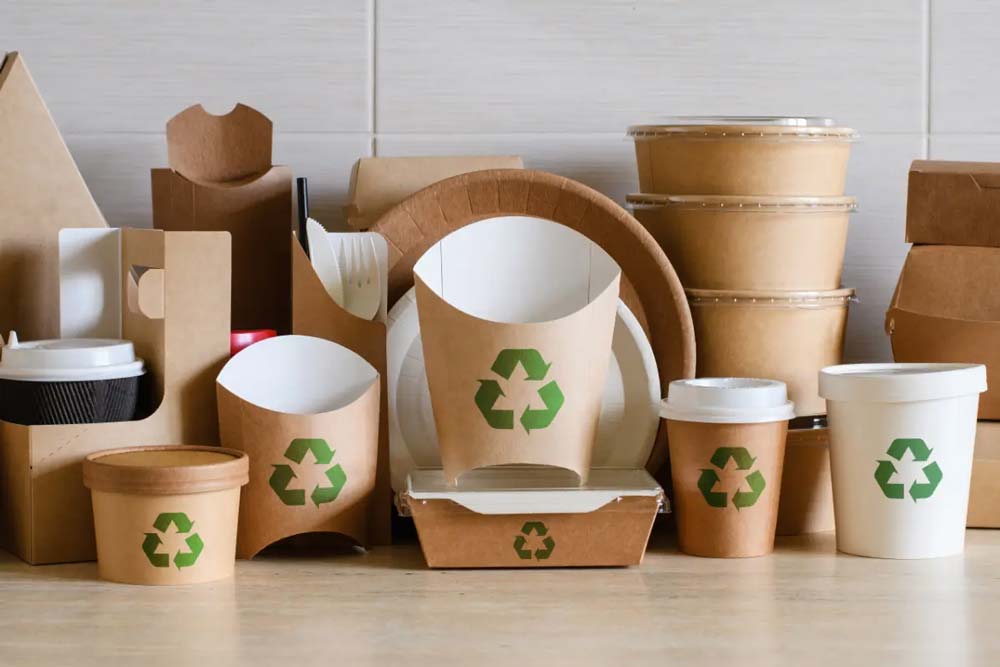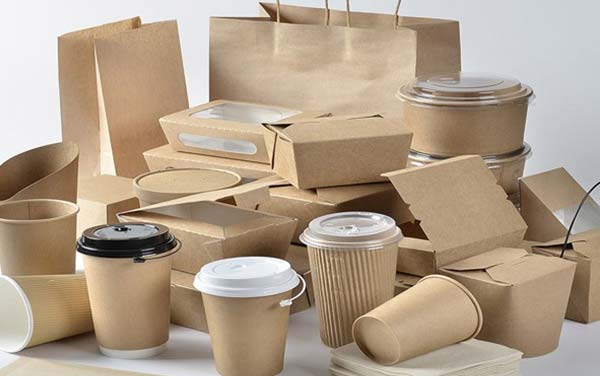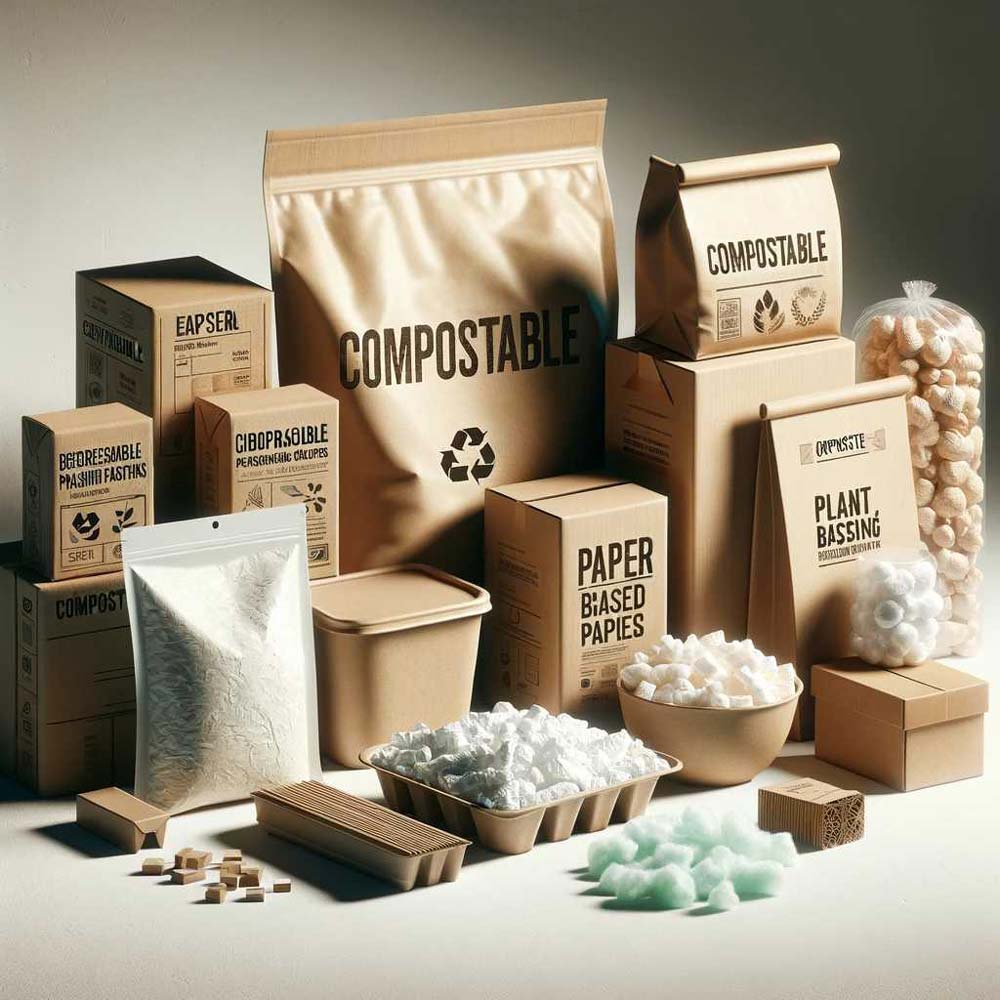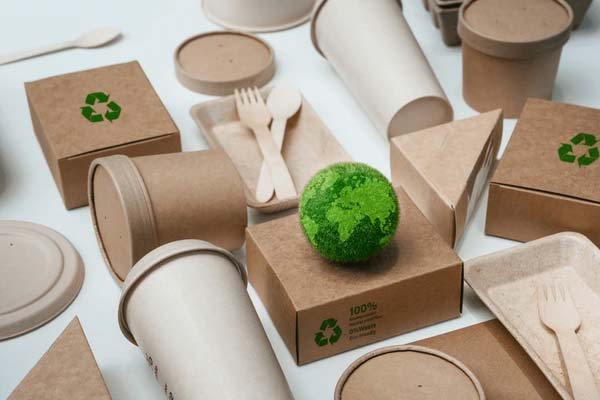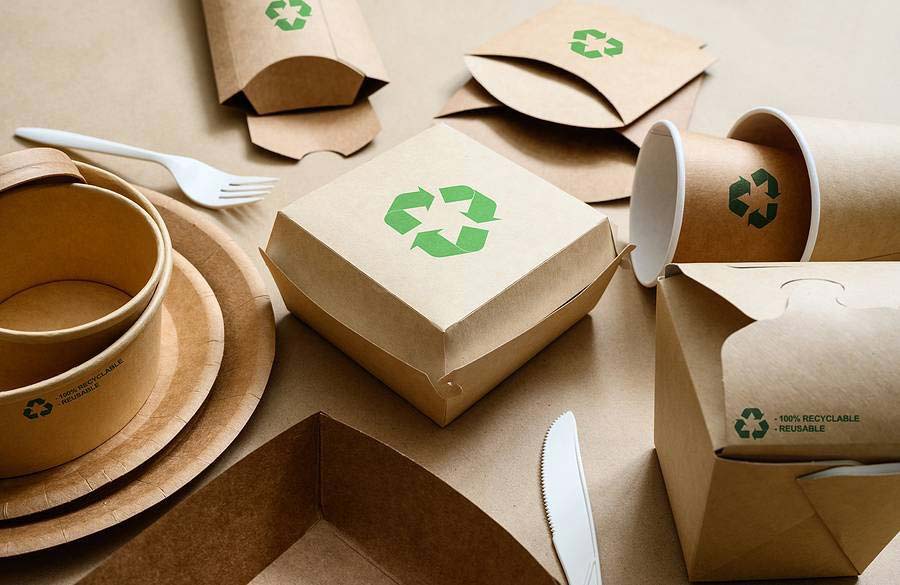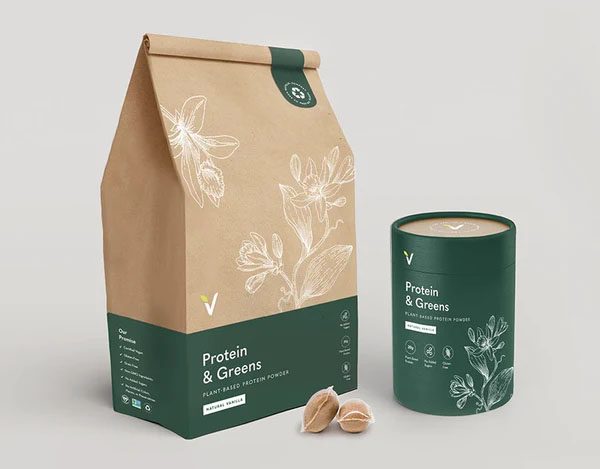Biodegradable Packaging: Gaining Momentum in the Push for Sustainability
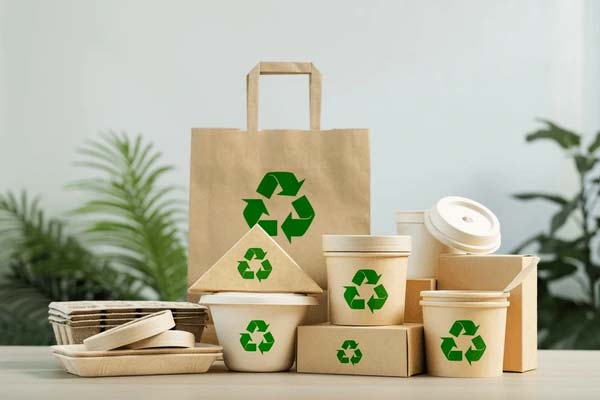
Introduction: The Growing Need for Sustainable Packaging
In today’s world, sustainability has become a top priority, and nowhere is this more evident than in the packaging industry. From plastic waste choking oceans to landfills filled with non-recyclable materials, the packaging sector has long been one of the primary contributors to global environmental pollution. As consumers and industries demand more eco-friendly solutions, biodegradable packaging is rapidly gaining momentum as a viable and sustainable alternative to traditional packaging materials.
Biodegradable packaging, made from materials that break down naturally in the environment, offers an exciting opportunity to reduce the environmental footprint of packaging. This shift is happening across a wide range of industries, from food and beverage to cosmetics and e-commerce. In this blog post, we’ll explore the rise of biodegradable packaging, its benefits, challenges, and its potential to create a more sustainable future for the packaging industry.
What is Biodegradable Packaging?
Biodegradable packaging refers to packaging materials that are designed to break down over time through natural processes. Unlike traditional packaging materials like plastic or styrofoam, which can persist in the environment for hundreds of years, biodegradable packaging decomposes into harmless substances such as water, carbon dioxide, and organic matter when exposed to microbes, heat, and moisture.
Biodegradable packaging can be made from a variety of natural materials, including:
- Plant-based materials: Such as cornstarch, sugarcane, and potato starch.
- Mushroom-based packaging: Made from the roots of mushrooms, this material is naturally biodegradable and sustainable.
- Seaweed-based materials: Seaweed-derived packaging can break down quickly in the environment and is increasingly being used as an eco-friendly alternative to plastic.
- Cellulose-based packaging: Derived from plant fibers, cellulose packaging is biodegradable and used for a variety of applications, including food wraps and bags.
These materials offer a promising alternative to single-use plastics, providing a sustainable solution that doesn’t contribute to long-lasting pollution.
The Benefits of Biodegradable Packaging
The rise of biodegradable packaging brings a wide array of environmental and economic benefits:
- Reduced Waste: Biodegradable materials break down naturally, reducing the amount of waste that ends up in landfills or oceans, helping to combat pollution.
- Decreased Carbon Footprint: Many biodegradable packaging materials, such as plant-based plastics, have a lower carbon footprint compared to traditional plastic packaging. This can help reduce greenhouse gas emissions associated with production and disposal.
- Less Harm to Wildlife: Unlike plastic packaging, which can cause harm to animals when ingested, biodegradable packaging decomposes and doesn’t pose a long-term threat to wildlife.
- Reduced Dependence on Fossil Fuels: Biodegradable packaging made from renewable resources reduces reliance on fossil fuels, which are used in the production of conventional plastics.
- Eco-Friendly Disposal: Biodegradable packaging can often be composted or naturally degraded in landfills, turning waste into useful organic matter.
These benefits are driving the shift toward biodegradable alternatives, particularly in industries where environmental impact is becoming an increasingly important concern for consumers.
The Rise of Biodegradable Packaging in Industries
Biodegradable packaging is gaining traction across a variety of industries, each finding unique ways to incorporate eco-friendly solutions into their supply chains and consumer products:
- Food and Beverage: The food industry is one of the largest contributors to packaging waste. Many companies are now adopting biodegradable packaging for products like take-out containers, straws, and food wraps. For example, McDonald’s has tested biodegradable straws and coffee cups made from plant-based plastics.
- Cosmetics and Personal Care: The cosmetics industry is also embracing biodegradable packaging, with companies like Lush and Burt’s Bees using biodegradable containers for products like shampoos, lotions, and soaps.
- E-commerce: Online retailers like Amazon and IKEA are exploring biodegradable alternatives to the traditional plastic and cardboard packaging used in shipping. Some companies now offer packaging made from compostable materials to reduce the environmental impact of e-commerce deliveries.
- Consumer Goods: Companies in the consumer goods sector are increasingly turning to biodegradable packaging for products ranging from cleaning supplies to household goods.
These industries are helping to set the stage for wide-scale adoption of biodegradable packaging solutions. As demand for eco-friendly products increases, more companies are exploring ways to transition from traditional packaging to more sustainable alternatives.
Challenges in the Widespread Adoption of Biodegradable Packaging
Despite its growing popularity, the transition to biodegradable packaging does face several challenges:
- Cost: Biodegradable materials can sometimes be more expensive than conventional packaging, which may deter some businesses from making the switch. While costs are decreasing, affordability remains an obstacle for widespread adoption.
- Availability of Materials: While there are many types of biodegradable materials, there may not be enough supply chains to meet the rising demand. The production of materials like plant-based plastics may require more agricultural land, which can lead to competition with food production.
- Consumer Education: Not all biodegradable packaging is created equal, and consumers may have trouble distinguishing between truly sustainable packaging and greenwashed alternatives.
- Disposal Challenges: Biodegradable packaging needs specific conditions to decompose efficiently, such as access to composting facilities. In environments where these facilities aren’t available, biodegradable packaging may still end up in landfills where it may not degrade properly.
- Durability and Performance: Some biodegradable packaging materials may not be as durable or functional as conventional plastics, leading to challenges in their effectiveness for certain types of products.
These challenges highlight the need for innovation in material development, education, and infrastructure to ensure that biodegradable packaging can be widely adopted and successfully integrated into the packaging ecosystem.
Notable Examples of Biodegradable Packaging
Several companies have already adopted biodegradable packaging in their products, setting an example for the rest of the industry:
- Coca-Cola: The beverage giant is experimenting with plant-based bottles made from biodegradable materials, aiming to reduce its reliance on traditional plastic.
- PepsiCo: PepsiCo has introduced compostable snack bags for its Lays brand, made from biodegradable materials like corn-based PLA (polylactic acid).
- NatureWorks: NatureWorks is a global leader in the production of Ingeo biopolymer, a plant-based plastic made from renewable resources such as corn, which is used in food packaging.
- Ecovative Design: A leader in mushroom-based packaging, Ecovative uses mycelium, the root structure of mushrooms, to create biodegradable packaging materials that are compostable and environmentally friendly.
These companies are leading the way in demonstrating that biodegradable packaging is not only possible but can be practical and innovative across a wide range of industries.
The Future of Biodegradable Packaging
As the push for sustainable packaging intensifies, the future of biodegradable packaging looks bright. Several trends and developments will likely shape its future:
- Advancements in Materials: New research and innovation in biodegradable materials will improve their durability, affordability, and performance, allowing them to replace conventional packaging in more industries.
- Global Regulations: As countries adopt stricter environmental regulations, there may be increased incentives and mandates for companies to use biodegradable and eco-friendly packaging.
- Circular Economy Integration: Biodegradable packaging will become an essential part of a circular economy, where products are reused, recycled, and broken down naturally without adding to pollution.
- Increased Consumer Demand: As awareness of environmental issues grows, consumers will continue to demand more eco-friendly and biodegradable options in packaging, forcing companies to embrace these solutions.
The future of biodegradable packaging depends on continued innovation, government support, and consumer awareness to ensure that it becomes a mainstream solution for reducing waste and promoting sustainability.
Conclusion: A Step Toward a Sustainable Future
Biodegradable packaging is gaining momentum in response to the growing environmental concerns surrounding traditional packaging. As industries across the world shift toward more sustainable practices, biodegradable materials offer an exciting solution to reduce waste, pollution, and reliance on non-renewable resources.
While there are challenges to overcome, the increasing adoption of biodegradable packaging is a step toward a more eco-friendly, circular economy. With continued innovation, awareness, and infrastructure development, biodegradable packaging will play a crucial role in shaping a more sustainable future.
References
- Lichtenstein, N. (2017) Biodegradable Packaging: The Future of Eco-Friendly Design. New York: Green Design Press.
- Smith, R. (2019) Sustainability in Packaging: The Rise of Biodegradable Solutions. London: Sustainable Innovations.
- Johnson, L. (2021) The Transformation of Packaging: Biodegradable Materials in Action. Chicago: Eco-Design Media.
- Thompson, K. (2020) Eco-Friendly Packaging: How Biodegradable Solutions are Reshaping the Industry. San Francisco: Green Packaging Press.

The automotive industry has always been at the forefront of innovation, but in recent decades, it has also become a…

As sustainability becomes an ever-more prominent concern in the modern world, many industries are embracing eco-friendly design practices. From…
